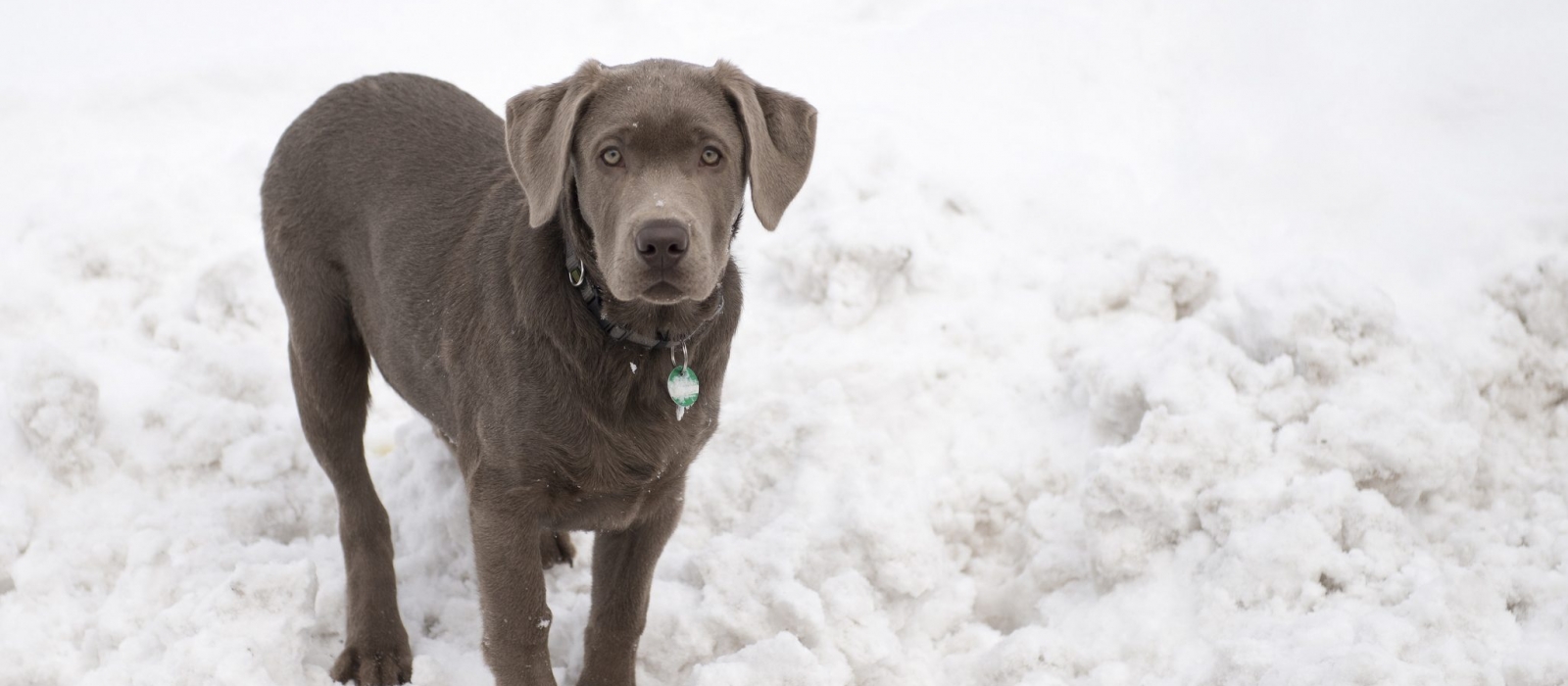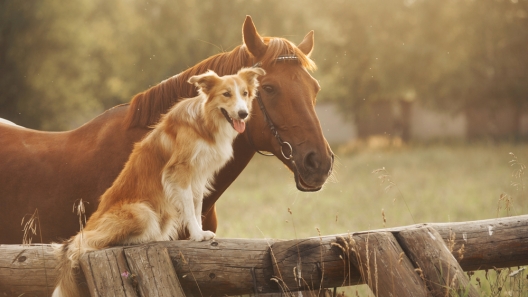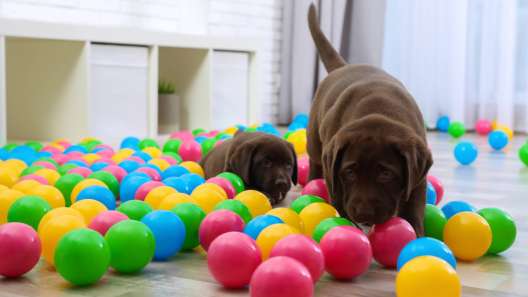-
Activity Level:
high
-
Shedding Level:
high
-
Grooming Level:
low
-
Trainability:
high
-
Good for Novice Owners:
high
-
Adaptability:
high
-
Kid/Pet Friendly:
often
-
Prey Drive:
low
-
Watchdog:
aware
- Average Size: Medium
- Average Lifespan: 11-13 years
- Registered?: aca, akc
Silver Labrador Retriever Dog Breed Information
Overview
Temperament
Adaptability
Health
Owner Experience
Grooming
Activity Level
Size
Life Span
Did You Know?
One of the facts about Labrador Retrievers is that they come in many colors. Silver Labrador Retrievers, or Silver Labs, are relatively new compared to the other Lab coat colors. Contrary to their Yellow, Chocolate, and Black Lab cousins, which have recorded sightings from 1800 and before, Silver Labs have only cropped up since 1950.
There was some heated debate over their authenticity, as many breeders believed the silver tint appeared from outside the breed. However, genetics has been able to provide more than enough evidence that Silver Labs are 100% Labrador Retrievers. They’re just a rare coloration of the dog breed.
A diluting factor in coat color dominance traits is responsible for the silver hue – something that is also present in Charcoal and Champagne Labs as well. The jury’s still out on whether they’re simply subset colorations from their purebred parents or separate Lab breeds in their own right. At any rate, Silver Labrador Retrievers are regal, loyal, and friendly Labradors that have a lot of energy and a lot of love to give!
Silver Labs are curious and playful dogs. Their curiosity will often get the better of them and they may wander off in search of adventure if they are off-leash. Labrador Retrievers are known for their gentle, friendly dispositions and good natures. It’s no surprise they are one of the most popular dog breeds.
Well-socialized Labs tend to get along with children, other dogs, and even other pets and strangers. Because of this they make the ideal family dog and are one of the kid-friendly dog breeds. After all, with children around, there’s always someone to play with and something to explore!
Despite being one of the most active dog breeds, Silver Labrador Retrievers are highly adaptable. Although they are on the larger side, they will still do well in apartments if they’re taken outside often enough to run around.
They prefer bigger spaces to stretch their legs and explore. As one of the sturdy dog breeds for outdoor adventures, they will often take an outside adventure over an inside one any day. But, they will also just be happy to be spending time with you.
They do well in most climates, but are sensitive to heat and extreme cold. Silver Labs are one of the most affectionate dog breeds. They are happiest when they are spending time with their favorite humans, so they do not like to be left alone for long periods of time.
Potential health concerns to be aware of in a Silver Labrador Retriever can include elbow dysplasia, hip dysplasia, hereditary myopathy, heart disease, cataracts, and progressive retinal atrophy. A condition called exercise-induced collapse (EIC) has a genetic link and can occur in young adult Labradors. DNA tests will identify carriers of EIC and Lab breeders are advised to test for this.
Good breeding practices and the health of the parents make a big difference in the health of Silver Lab puppies. Reputable breeders will screen their dogs to avoid passing preventable issues to puppies. Make sure you ask about the health and genetic history of both parents. You can also ask about any health tests or clearances that have been done. At a minimum, the National Breed Club recommends an EIC DNA test, an ophthalmologist evaluation, and hip and elbow evaluations.
As a large, deep-chested dog breed, the Silver Labrador Retriever is at a higher risk for bloat. Because bloat in dogs can be dangerous and quickly become fatal if the stomach flips (gastric torsion), it’s important to know how to reduce the risk and what symptoms to look for so you know when it’s time to get help.
Silver Labs are one of the smartest dog breeds. They pick up on things quickly and are eager to please. Despite their energy and getting bored easily, they are still a great fit for dog owners of any experience level.
Labrador Retrievers are considered one of the best dog breeds for first-time owners. Puppy training classes offer many benefits aside from just training, so it’s not a bad idea to enroll in some anyway.
Silver Labrador Retrievers have short, water-resistant fur in two layers. Because of this dense double coat that protects them from the cold, and being one of the dog breeds that tend to love water, they may try to go for a swim regardless of the season. They shed year-round and more heavily twice a year when seasons change. Bathing is on an occasional, as-needed basis, and is recommended after they’ve been swimming or hiking with you.
Brushing their coat a few times a week and daily brushing during seasonal shedding will usually be enough to keep your dog’s coat healthy. Plus, your Lab will love spending the time with you. In addition to coat care, you will also need to take care of your Silver Labrador Retriever’s nails, ears, and teeth.
Trimming their nails once or twice monthly keeps them from growing too long. Regularly checking ears and cleaning them as needed can help prevent ear infections. Proper dental care for dogs, like daily brushing and cleanings at the vet when needed, is important to prevent the tartar buildup that causes painful dental diseases later in life.
Silver Labrador Retrievers need a lot of daily activity to be happy and healthy. Daily walks plus playtime, time to run, and other activities are usually enough for this dog. But, they will likely be up for more activity if you are; they’ll just be happy to be active and spend time with you.
Although they are high-energy dogs, Silver Labs will tend to mellow out a little bit as they get older. But, you’ll have to wait until they are closer to 3 years old or more. Labrador Retrievers tend to have an extended puppyhood and maintain that puppy-like energy until they are around 2-3 years old.
It’s recommended that you keep activities low-impact until puppies finish growing and developing. Swimming is a great low-impact activity. Once your Lab puppy is cleared for more intense activity, you can try a lot of different activities with them. In addition to being one of the dog breeds that make the best service dogs, Labs are also athletic and versatile dogs that tend to be a good fit for a wide range of activities.
Fully-grown Silver Labrador Retrievers usually stand 21-25 inches tall and weigh 55-80 pounds.
Silver Labs generally live for 11-13 years on average.
Labrador Retrievers are one of the most popular dog breeds used as guide dogs, therapy dogs, and search and rescue dogs. They are also commonly found working as police or military dogs. They are even one of the best dog breeds for farms!









